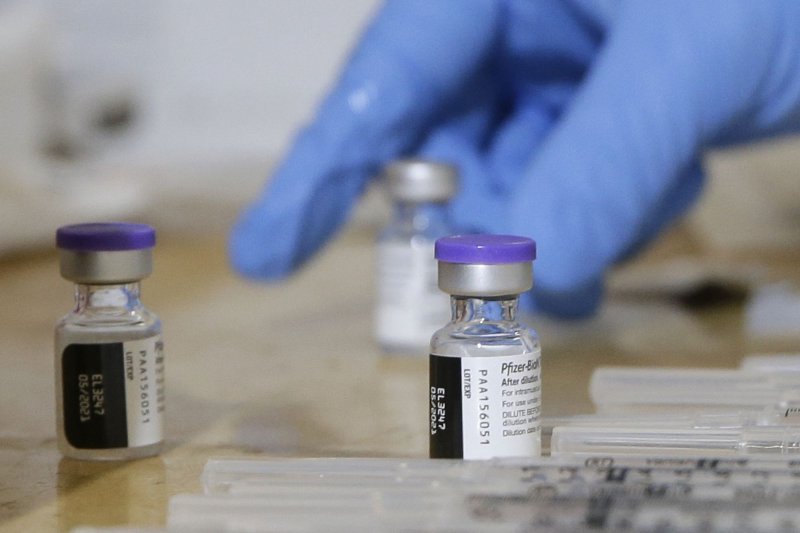Canadian military has been rocked by allegations of sexual misconduct by senior leaders over the past 10 months.
Author of the article:David Pugliese • Ottawa Citizen
Publishing date:Oct 15, 2021 • 10 hours ago • 3 minute read

Article content
A general brought in to replace another senior officer accused of sexual assault is now himself under police investigation for sexual misconduct.
The Canadian Forces National Investigation Service received an allegation of sexual misconduct against Lt.-Gen. Steven Whelan, the Canadian Forces confirmed Friday night. “The investigation is ongoing and no further information can be released,” it added in a statement.
Whelan is chief of military personnel and had been brought into that job earlier this year to take over from Vice-Adm. Haydn Edmundson. Edmundson went on leave in March after military police started an investigation into an allegation from a former sailor that the naval officer had sexually assaulted her.
Defence Minister Harjit Sajjan and Acting Chief of the Defence Staff Gen. Wayne Eyre were informed on June 2 that Whelan was being investigated. The decision was made to keep the lieutenant general on the job.
It was only after the Globe and Mail newspaper asked questions about Whelan on Friday that it was announced he would be put on leave.
Both Eyre and Sajjan have faced criticism from survivors about failing to deal with sexual misconduct in the senior ranks.
“Given recent developments, after discussing with the Vice-Chief of the Defence Staff, Lt.-Gen Whelan agrees he must step aside as the Commander, Military Personnel, effective immediately,” the Canadian Forces said in its statement.
Earlier this week this newspaper revealed Lt.-Gen. Trevor Cadieu, who was to take command of the Canadian Army, is now under police investigation after allegations were raised about sexual misconduct. Cadieu has denied any wrongdoing.
The Canadian Forces has faced criticism about its decisions to hide investigations about alleged sexual misconduct by senior leaders.
The military personnel command that Whelan led was in charge of eliminating “harmful and inappropriate behaviour” in the Canadian Forces as well as recruiting.
Over the last 10 months, the military has been rocked with allegations of sexual misconduct by senior leaders.
Retired chief of the defence staff Gen. Jon Vance faced a number of sexual misconduct allegations and in July was charged with one count of obstruction of justice.
In August, Maj.-Gen. Dany Fortin was charged with sexual assault.
Military police are still investigating Vice Admiral Haydn Edmundson after a former member of the navy alleged she was sexually assaulted.
Maj.-Gen. Peter Dawe was put on paid leave since early May after it was revealed he wrote a positive character reference to try to influence the sentencing of an officer convicted of sexual assault.
The senior military leadership quietly brought Dawe back to defence headquarters in September to work on sexual misconduct review files. But defence sources, who questioned the ethics of putting Dawe in such a new role, tipped off this newspaper. The resulting anger for sexual assault victims forced the Canadian Forces to temporarily remove Dawe from his new job and raising new questions about whether the senior leadership was serious about dealing with sexual misconduct.
The Liberal government has not yet decided what to do with Adm. Art McDonald, who is still technically chief of the defence staff, although he only served in that job for a couple of weeks. McDonald temporarily stepped aside Feb. 25 after military police launched an investigation into allegations of sexual misconduct.
In August, police stated their investigation did not find evidence to support laying charges. Shortly after McDonald’s lawyers released a statement noting the officer was coming back to his job even as the federal government pointed out it still hadn’t decided his future.
The Liberal government responded by sending McDonald and leave and promoting Eyre to full general. McDonald has claimed that he has the “moral authority” to lead the military.


















